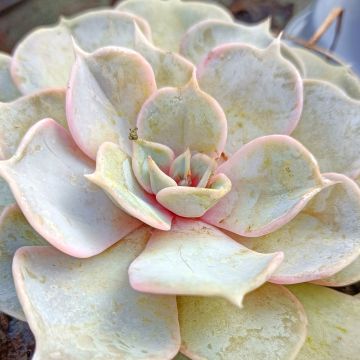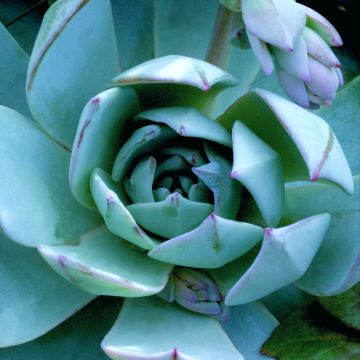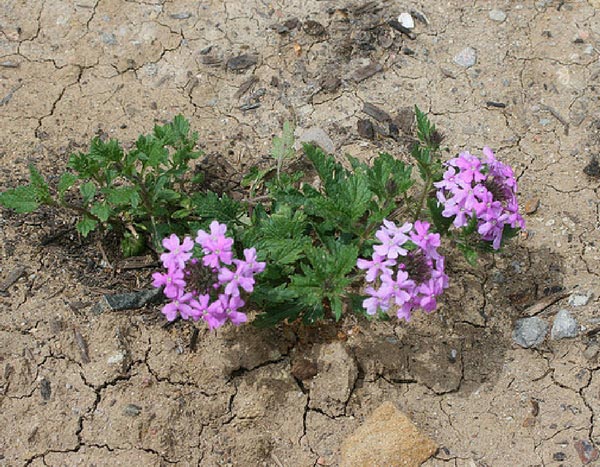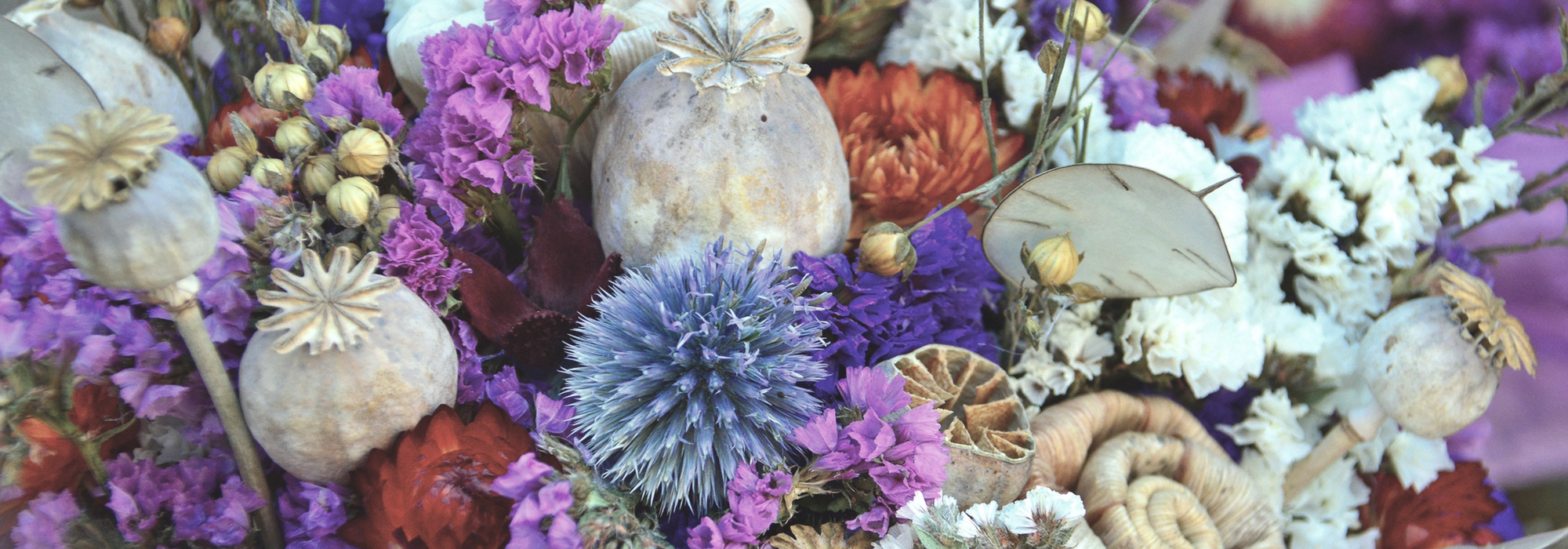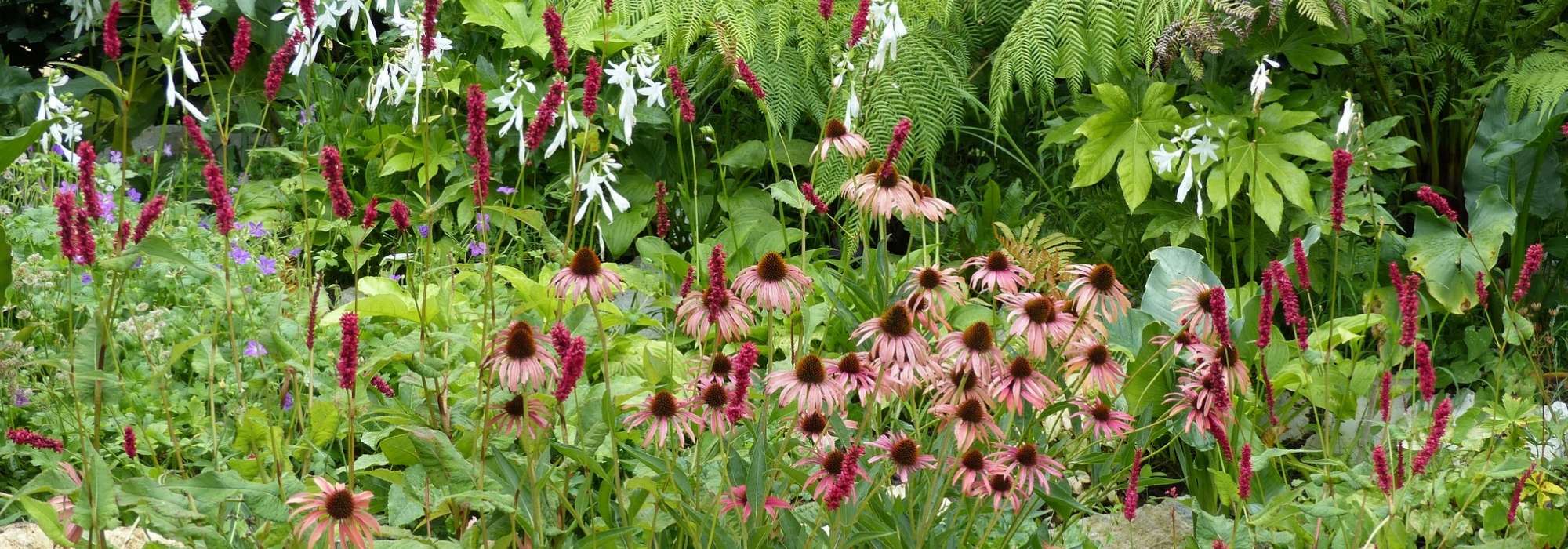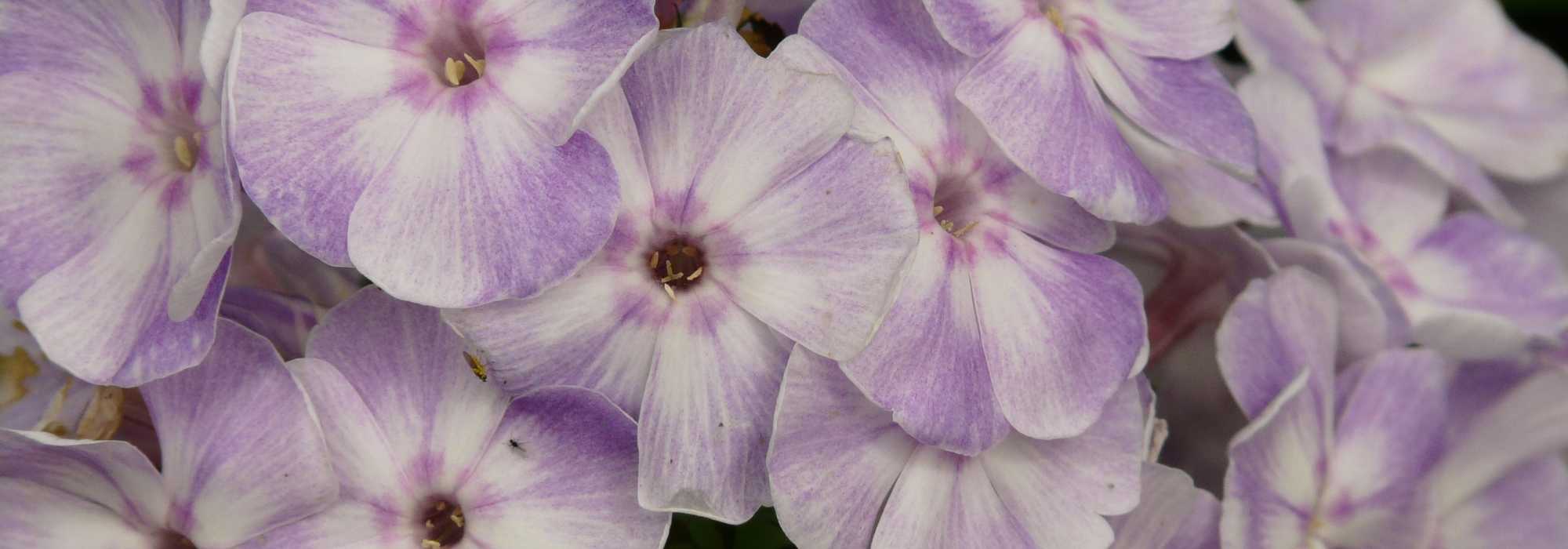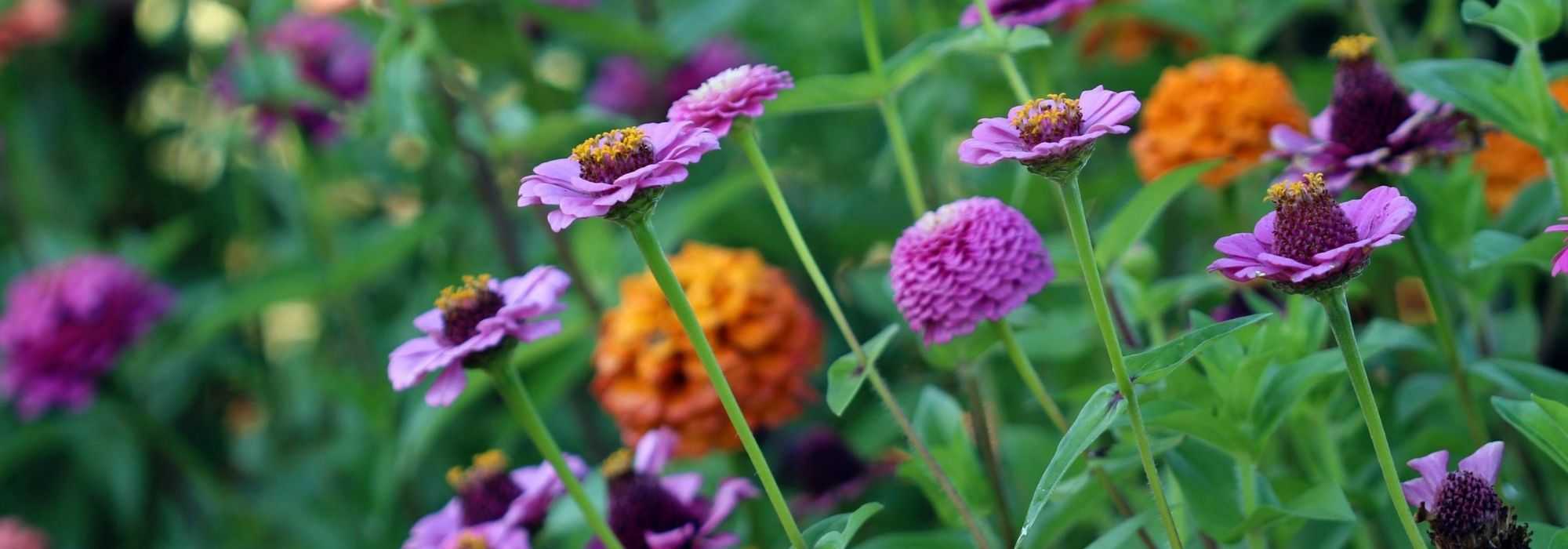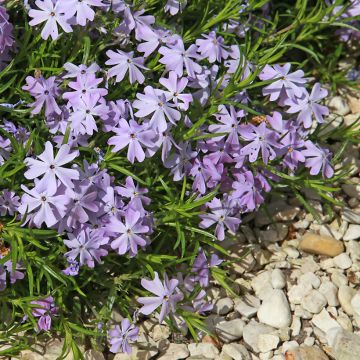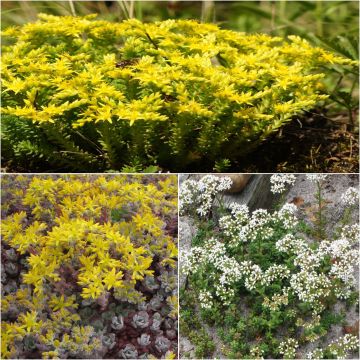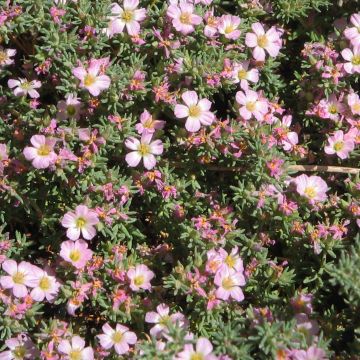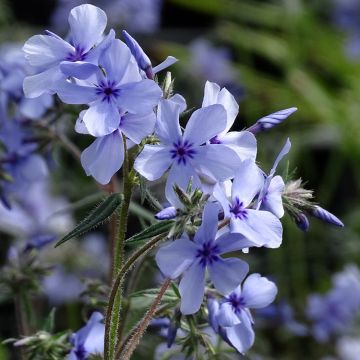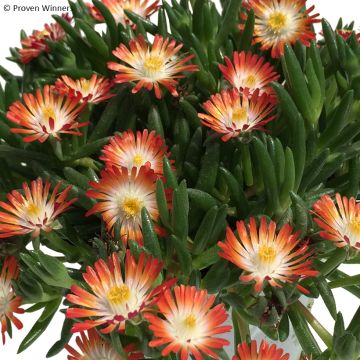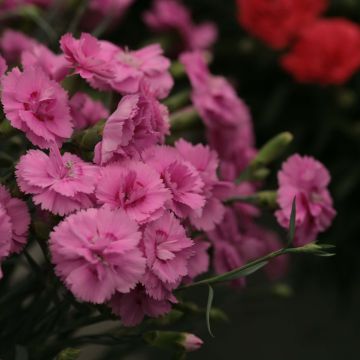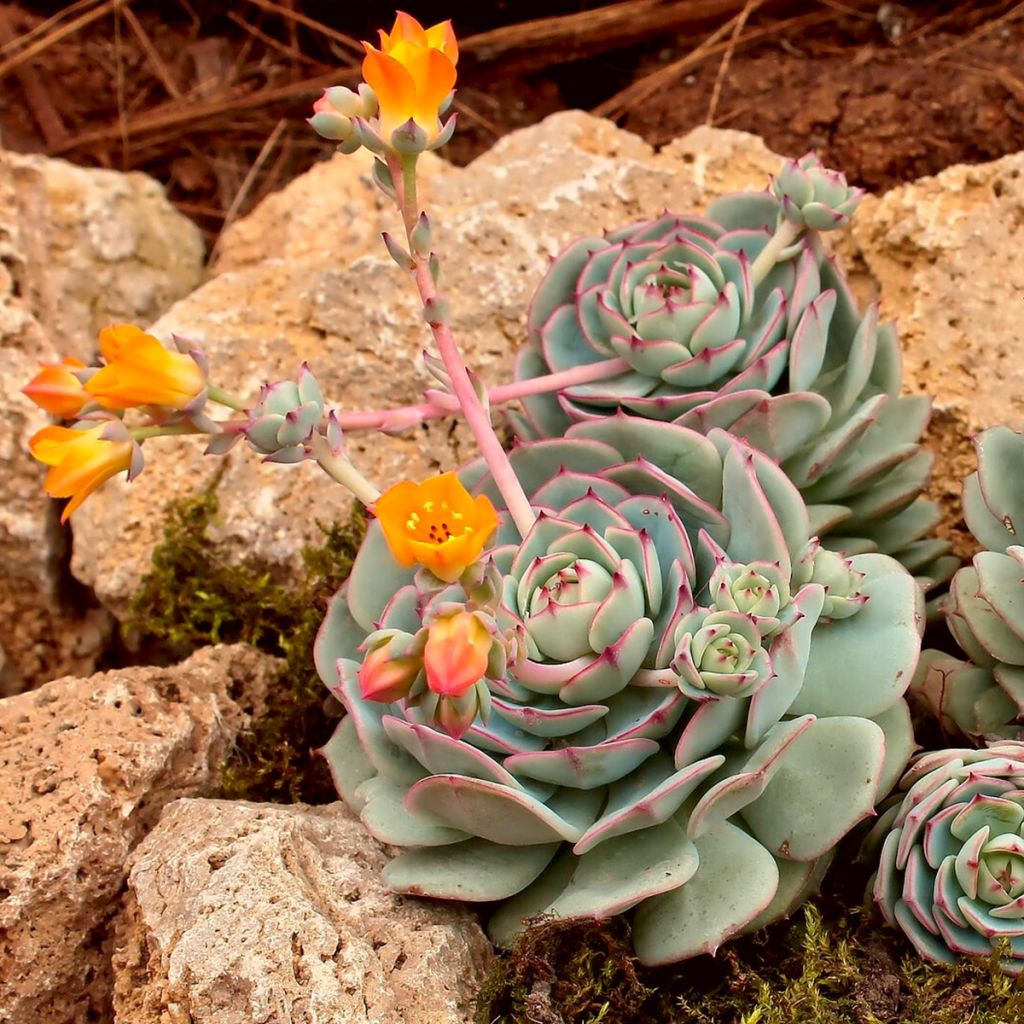

Echeveria derenbergii


Echeveria derenbergii


Echeveria derenbergii
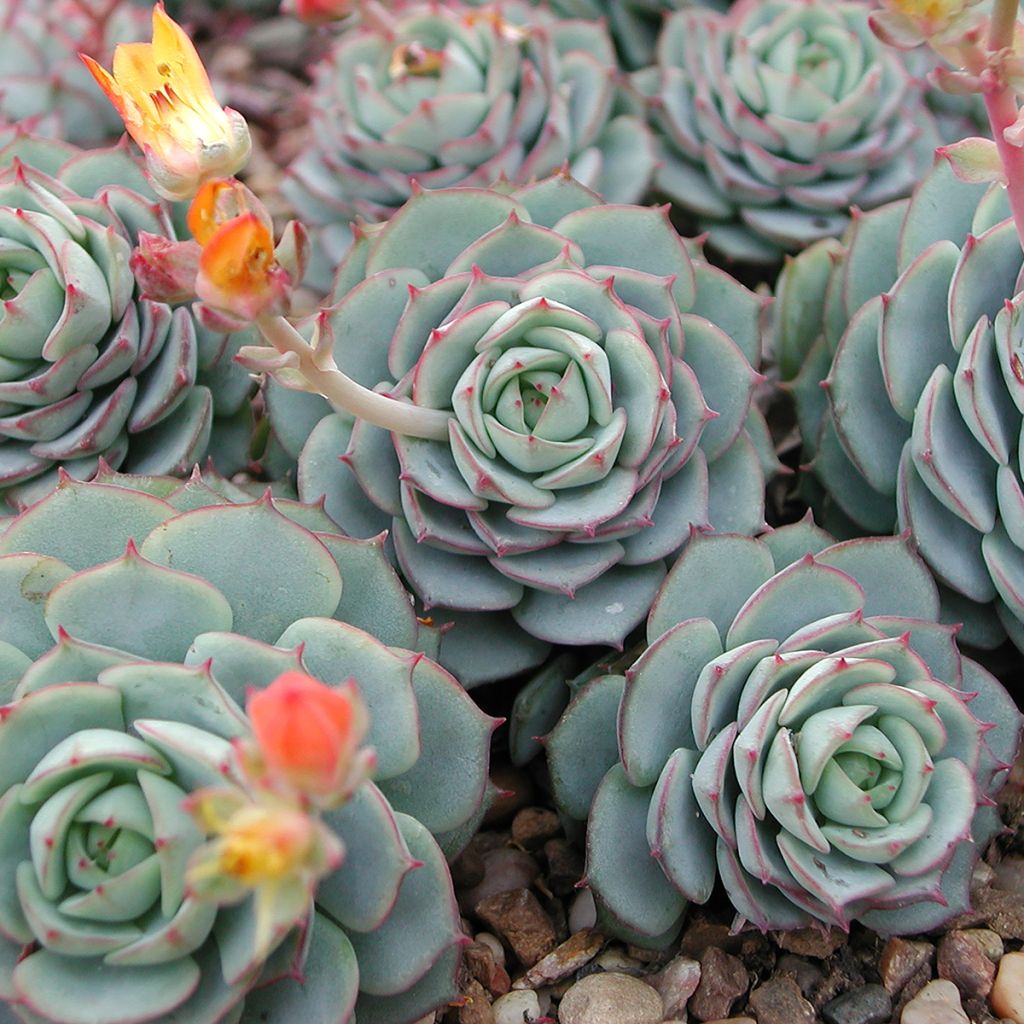

Echeveria derenbergii
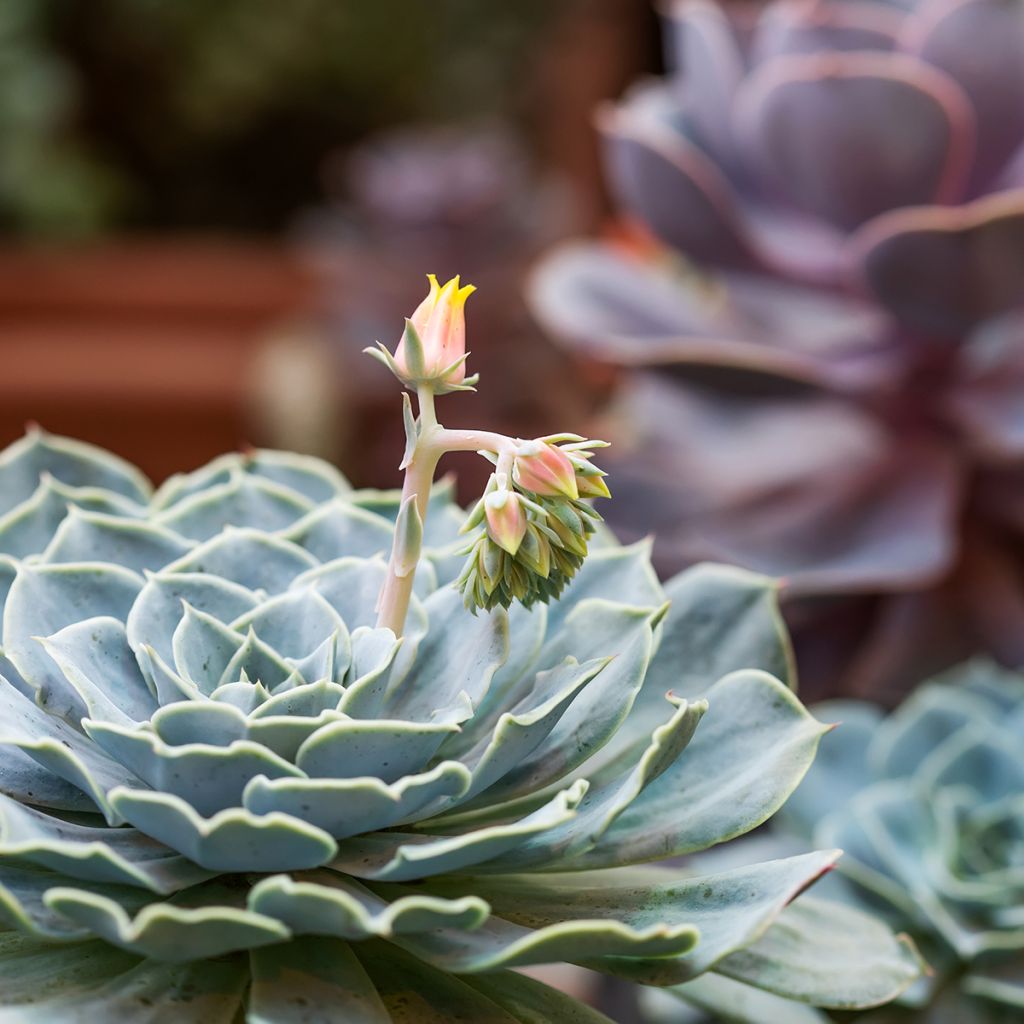

Echeveria derenbergii
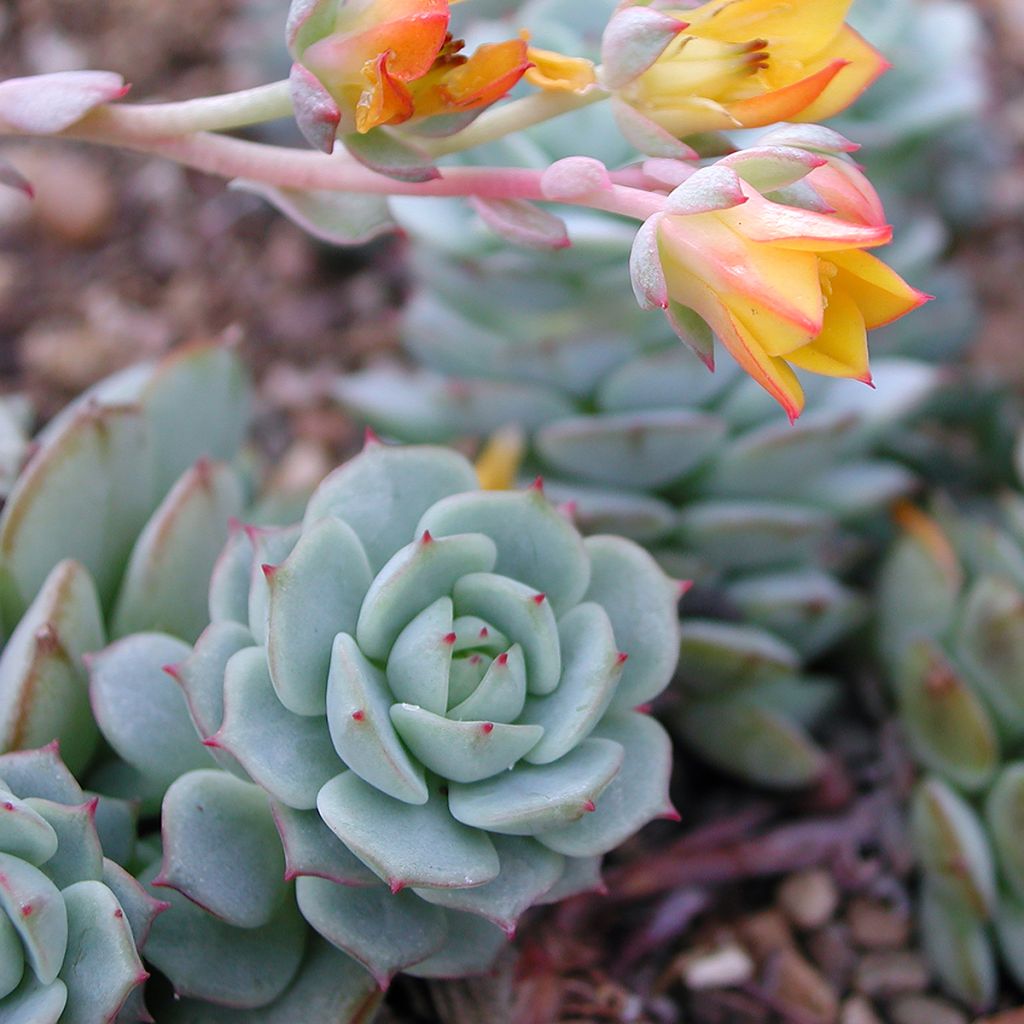

Echeveria derenbergii
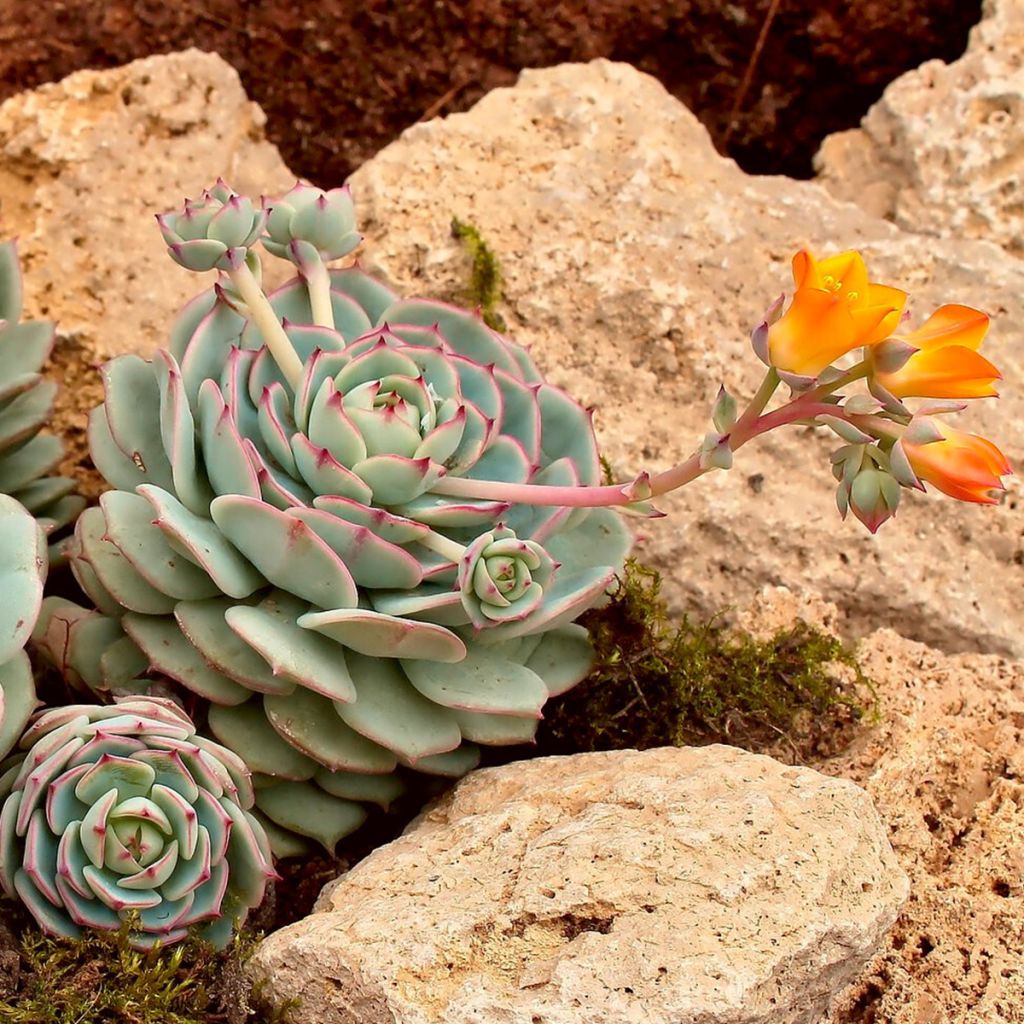

Echeveria derenbergii
View more pictures
Hide images
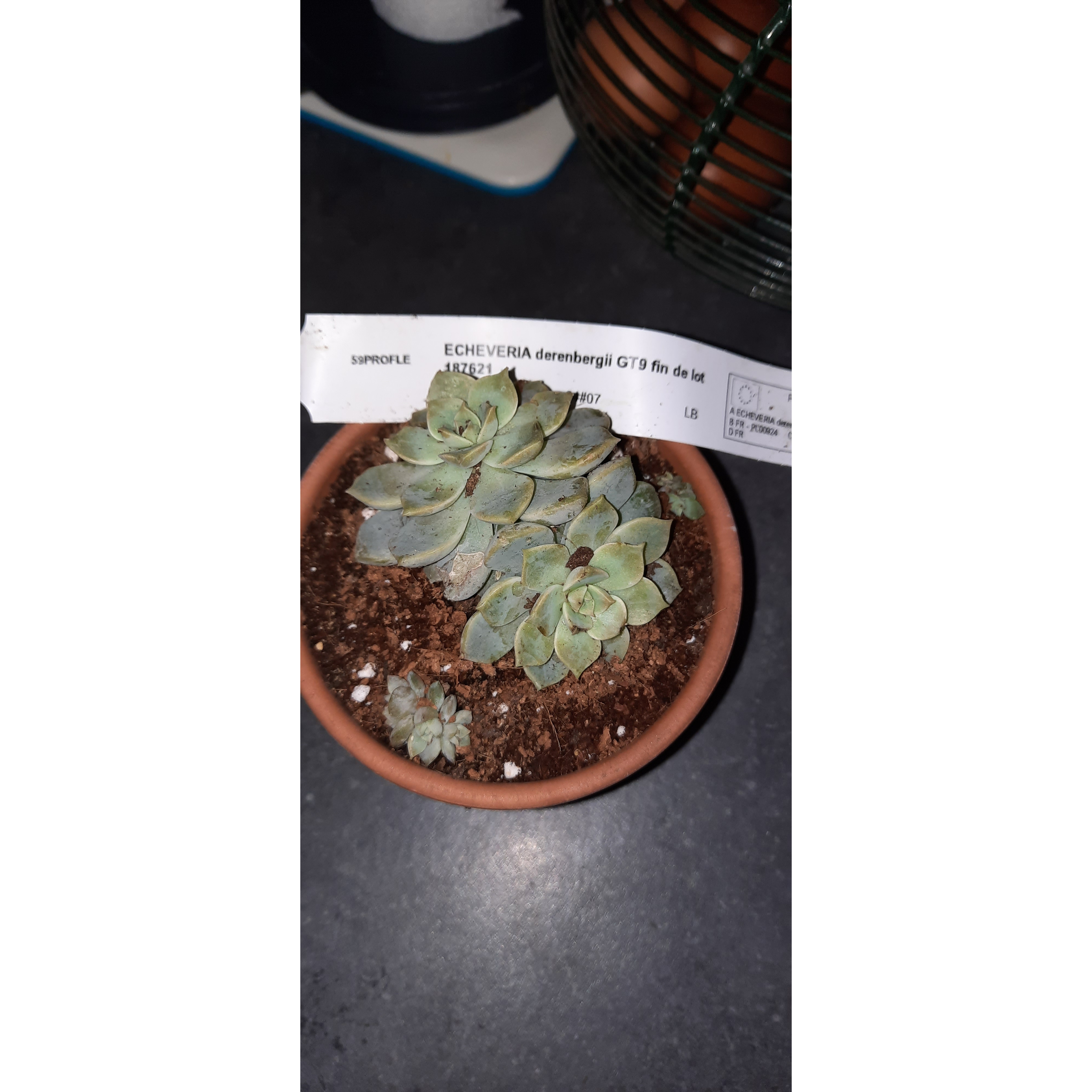
Sandrine C.

Here is the Echevaria derenbergi as I received it and after a little repotting.
Sandrine C. • 61 FR
Echeveria derenbergii
Echeveria derenbergii
Painted Lady
Unfortunately, it did not recover.
élisabeth, 04/11/2024
Special offer!
Receive a €20 voucher for any order over €90 (excluding delivery costs, credit notes, and plastic-free options)!
1- Add your favorite plants to your cart.
2- Once you have reached €90, confirm your order (you can even choose the delivery date!).
3- As soon as your order is shipped, you will receive an email containing your voucher code, valid for 3 months (90 days).
Your voucher is unique and can only be used once, for any order with a minimum value of €20, excluding delivery costs.
Can be combined with other current offers, non-divisible and non-refundable.
Why not try an alternative variety in stock?
View all →This plant carries a 30 days recovery warranty
More information
We guarantee the quality of our plants for a full growing cycle, and will replace at our expense any plant that fails to recover under normal climatic and planting conditions.

Description
Echeveria derenbergii, nicknamed "Painted Lady", is a lovely little Mexican succulent plant beloved by fans of succulent plants and other miniature cacti. Its cluster of plump leaves, a very soft green-grey, resembles a jewel. With the sun, the edges of the leaves blush beautifully, perfectly complementing its summer flowering with short spikes of small orange flowers. Over time, the plant forms colonies of clusters and even trailing stems. It is a less hardy species that makes a good indoor plant, to be grown in a planter or hanging basket.
Echeverias are perennial succulents from the family Crassulaceae renowned for their graphical leaf clusters, reminiscent of artichokes. Native to dry and rocky areas in central Mexico, the Echeveria genus is particularly sensitive to excessive watering, especially in winter. They are cultivated in a well-drained soil with a mineral tendency and in a very bright location. They are mainly grown in pots that are stored indoors, protected from frost, as soon as autumn arrives. Some privileged locations in the Mediterranean zone can accommodate these plants in dry rockeries and slopes.
Echeveria derenbergii is a botanical species originating from the Sierra de Mixteca in the state of Oaxaca, located in southeast Mexico. A region governed by a hot semi-arid climate. Its cluster is well-rounded, very compact, upright, measuring up to 8cm (3in) in height and 6-7cm (2-3in) in diameter. Its leaves are wide, short, very thick, fleshy, spoon-shaped, pointed, covered with a bloom that gives it a pale grey-green to very light water green colour. Their tips and margins turn pinkish-red. It has a fairly slow growth, but prolific, easily producing daughter clusters that form a dense cushion. Mature plants develop stems that also bear a few clusters. These stems are capable of rooting when in contact with the ground. Flowering occurs in late spring or early summer, from May to July depending on the climate. It takes the form of fleshy, pinkish spikes, 8-10cm (3-4in) in height, bearing 5 to 7 small flowers. The flowers, not fully open, are composed of orange petals surrounded by pinkish-red sepals.
In favourable climates, if your garden is located by the sea, where frost does not exceed -4°C, plant Echeveria derenbergii in a rockery, on a well-drained slope, or at the edge of a flower bed. It will accompany Felicia amelloides Cape Aster, Delospermas, and other Mangaves that appreciate the same environments. Elsewhere, you can plant it in a beautiful pot or container, alone or in combination with other Echeverias or other succulent plants such as houseleeks, for example. Mature plants with trailing stems make good plants for hanging baskets.
Foliage
Plant habit
Flowering
Botanical data
Echeveria
derenbergii
Crassulaceae
Painted Lady
North America
Other Echeveria
View all →Location
Location
Maintenance and care
Watering tips
Potting advice, substrates and fertilisers
Houseplant care
Disease and pest advice
Maintenance and care
Planting & care advice
-
, onOrder confirmed
Reply from on Promesse de fleurs
Similar products
Haven't found what you were looking for?
Hardiness is the lowest winter temperature a plant can endure without suffering serious damage or even dying. However, hardiness is affected by location (a sheltered area, such as a patio), protection (winter cover) and soil type (hardiness is improved by well-drained soil).

Photo Sharing Terms & Conditions
In order to encourage gardeners to interact and share their experiences, Promesse de fleurs offers various media enabling content to be uploaded onto its Site - in particular via the ‘Photo sharing’ module.
The User agrees to refrain from:
- Posting any content that is illegal, prejudicial, insulting, racist, inciteful to hatred, revisionist, contrary to public decency, that infringes on privacy or on the privacy rights of third parties, in particular the publicity rights of persons and goods, intellectual property rights, or the right to privacy.
- Submitting content on behalf of a third party;
- Impersonate the identity of a third party and/or publish any personal information about a third party;
In general, the User undertakes to refrain from any unethical behaviour.
All Content (in particular text, comments, files, images, photos, videos, creative works, etc.), which may be subject to property or intellectual property rights, image or other private rights, shall remain the property of the User, subject to the limited rights granted by the terms of the licence granted by Promesse de fleurs as stated below. Users are at liberty to publish or not to publish such Content on the Site, notably via the ‘Photo Sharing’ facility, and accept that this Content shall be made public and freely accessible, notably on the Internet.
Users further acknowledge, undertake to have ,and guarantee that they hold all necessary rights and permissions to publish such material on the Site, in particular with regard to the legislation in force pertaining to any privacy, property, intellectual property, image, or contractual rights, or rights of any other nature. By publishing such Content on the Site, Users acknowledge accepting full liability as publishers of the Content within the meaning of the law, and grant Promesse de fleurs, free of charge, an inclusive, worldwide licence for the said Content for the entire duration of its publication, including all reproduction, representation, up/downloading, displaying, performing, transmission, and storage rights.
Users also grant permission for their name to be linked to the Content and accept that this link may not always be made available.
By engaging in posting material, Users consent to their Content becoming automatically accessible on the Internet, in particular on other sites and/or blogs and/or web pages of the Promesse de fleurs site, including in particular social pages and the Promesse de fleurs catalogue.
Users may secure the removal of entrusted content free of charge by issuing a simple request via our contact form.
The flowering period indicated on our website applies to countries and regions located in USDA zone 8 (France, the United Kingdom, Ireland, the Netherlands, etc.)
It will vary according to where you live:
- In zones 9 to 10 (Italy, Spain, Greece, etc.), flowering will occur about 2 to 4 weeks earlier.
- In zones 6 to 7 (Germany, Poland, Slovenia, and lower mountainous regions), flowering will be delayed by 2 to 3 weeks.
- In zone 5 (Central Europe, Scandinavia), blooming will be delayed by 3 to 5 weeks.
In temperate climates, pruning of spring-flowering shrubs (forsythia, spireas, etc.) should be done just after flowering.
Pruning of summer-flowering shrubs (Indian Lilac, Perovskia, etc.) can be done in winter or spring.
In cold regions as well as with frost-sensitive plants, avoid pruning too early when severe frosts may still occur.
The planting period indicated on our website applies to countries and regions located in USDA zone 8 (France, United Kingdom, Ireland, Netherlands).
It will vary according to where you live:
- In Mediterranean zones (Marseille, Madrid, Milan, etc.), autumn and winter are the best planting periods.
- In continental zones (Strasbourg, Munich, Vienna, etc.), delay planting by 2 to 3 weeks in spring and bring it forward by 2 to 4 weeks in autumn.
- In mountainous regions (the Alps, Pyrenees, Carpathians, etc.), it is best to plant in late spring (May-June) or late summer (August-September).
The harvesting period indicated on our website applies to countries and regions in USDA zone 8 (France, England, Ireland, the Netherlands).
In colder areas (Scandinavia, Poland, Austria...) fruit and vegetable harvests are likely to be delayed by 3-4 weeks.
In warmer areas (Italy, Spain, Greece, etc.), harvesting will probably take place earlier, depending on weather conditions.
The sowing periods indicated on our website apply to countries and regions within USDA Zone 8 (France, UK, Ireland, Netherlands).
In colder areas (Scandinavia, Poland, Austria...), delay any outdoor sowing by 3-4 weeks, or sow under glass.
In warmer climes (Italy, Spain, Greece, etc.), bring outdoor sowing forward by a few weeks.































